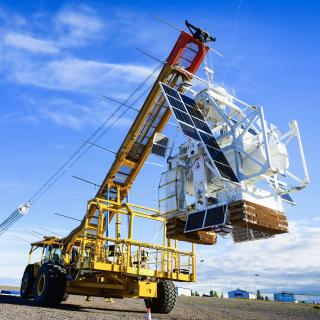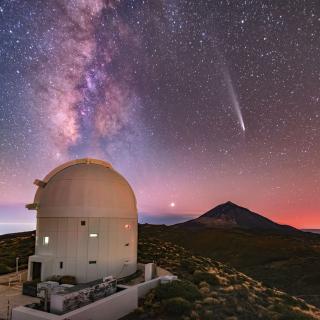Ana Rosa Mena, alcaldesa de Tegueste, durante su vista a la sala de metrología del IAC. Crédito: Alejandra Rueda (IAC).
Advertised on
Ana Rosa Mena, alcaldesa de Tegueste, ha visitado esta mañana la sede central del Instituto de Astrofísica de Canarias, en La Laguna, acompañada de Campbell Warden, secretario ejecutivo del centro; Javier Licandro, coordinador del Área de Investigación; Antonio Díaz Chinea, jefe del departamento de Servicios Informáticos; y José Luis Rasilla, jefe del departamento de Óptica; algunos de ellos, vecinos del municipio.




